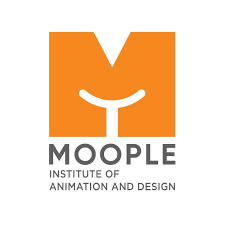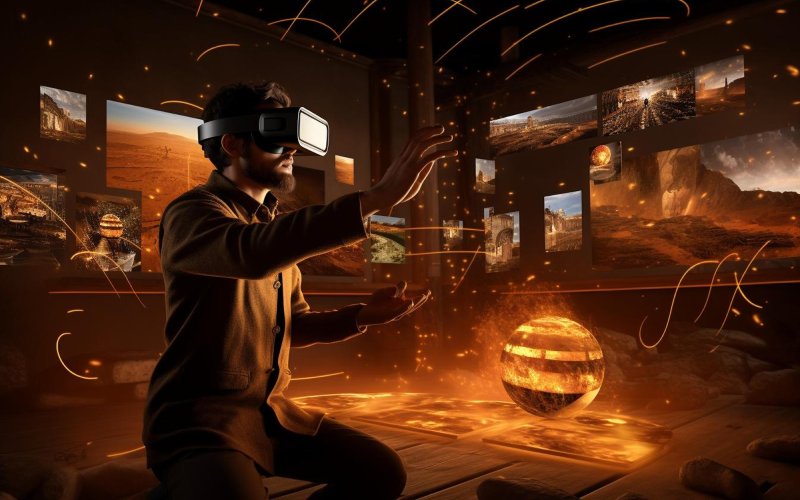In the dynamic landscape of the entertainment industry, Visual Effects (VFX) continue to play a pivotal role in shaping the way stories are told on screen. From blockbuster movies to immersive virtual experiences, the demand for high-quality VFX only continues to grow. But what does the future hold for this fascinating field? Let’s explore.
Advancements in Technology
One of the driving forces behind the future of VFX is advancements in technology. With each passing year, we see leaps and bounds in computing power, rendering capabilities, and software innovation. This means VFX artists have access to more powerful tools and techniques than ever before, allowing them to create increasingly realistic and breathtaking visual effects.
While VFX have long been associated with movies and television, they are now expanding into new mediums such as virtual reality (VR), augmented reality (AR), and interactive gaming. These emerging platforms offer unique opportunities for VFX artists to push the boundaries of creativity and storytelling, immersing audiences in worlds that were once only imaginable. Courses of B.Sc in VFX have gained a lot of traction too.
Integration with Emerging Technologies
VFX are also intersecting with emerging technologies such as artificial intelligence (AI), machine learning, and real-time rendering. AI-driven tools are streamlining tasks like rotoscoping and character animation, while real-time rendering engines are revolutionizing the production pipeline, allowing for quicker iteration and more dynamic storytelling.
As audiences crave more immersive and interactive experiences, the demand for high-quality VFX for films is only expected to rise. Whether it’s creating lifelike digital characters, building photo realistic environments, or enhancing live-action footage with seamless visual effects, VFX artists are at the forefront of delivering these immersive experiences to audiences around the world.
Opportunities in New Industries
Beyond traditional entertainment, VFX is finding applications in industries such as architecture, advertising, education, and healthcare. In fact VFX classes in Kolkata have been gaining a lot of traction too. Architectural firms use VFX to create realistic renderings of buildings and interiors, advertisers leverage VFX to craft captivating commercials, educators employ VFX to bring complex concepts to life, and healthcare professionals utilize VFX for medical simulations and training.
Conclusion: A Bright and Exciting Future
In conclusion, the future of VFX and animation courses is incredibly bright and promising. As technology continues to advance and new mediums emerge, VFX artists have endless opportunities to push the boundaries of creativity and innovation. Whether it’s creating stunning visual effects for blockbuster films, immersive experiences for virtual reality, or practical solutions for various industries, the world of VFX is ripe with possibilities. So, does VFX have a future? Absolutely—and it’s a future filled with endless creativity, innovation, and excitement.

